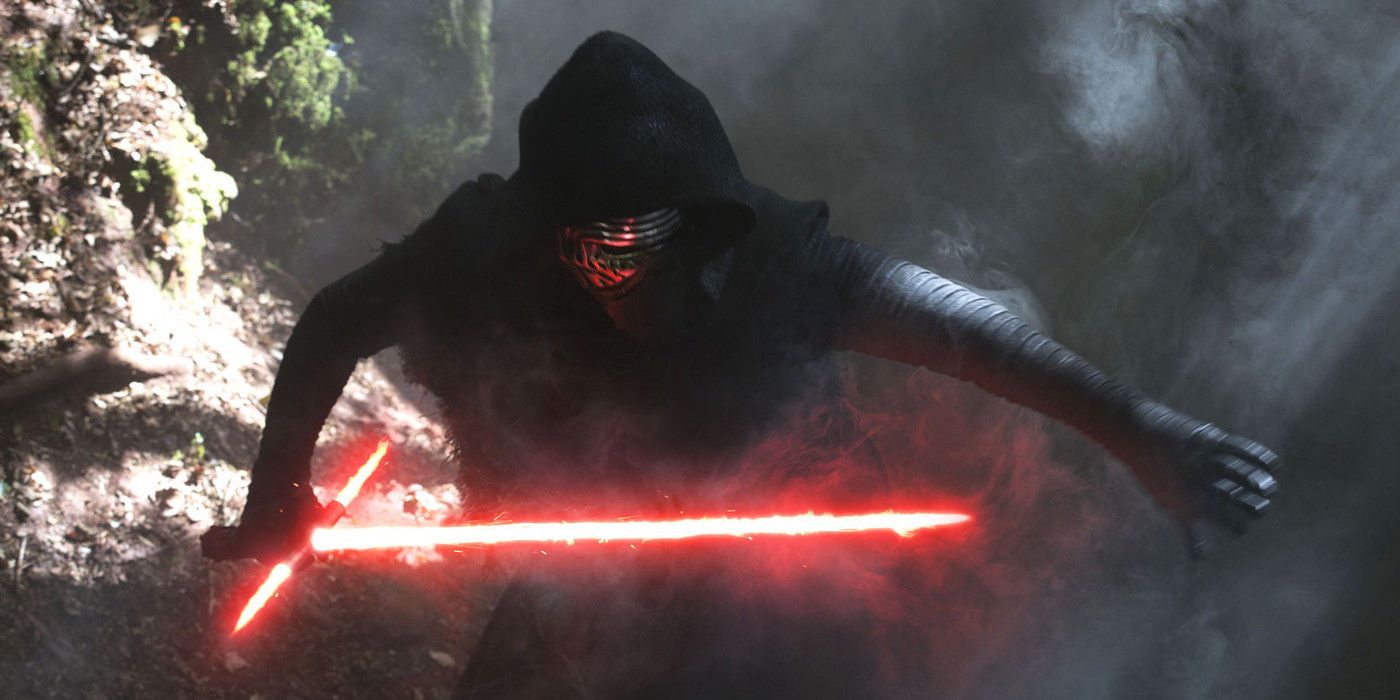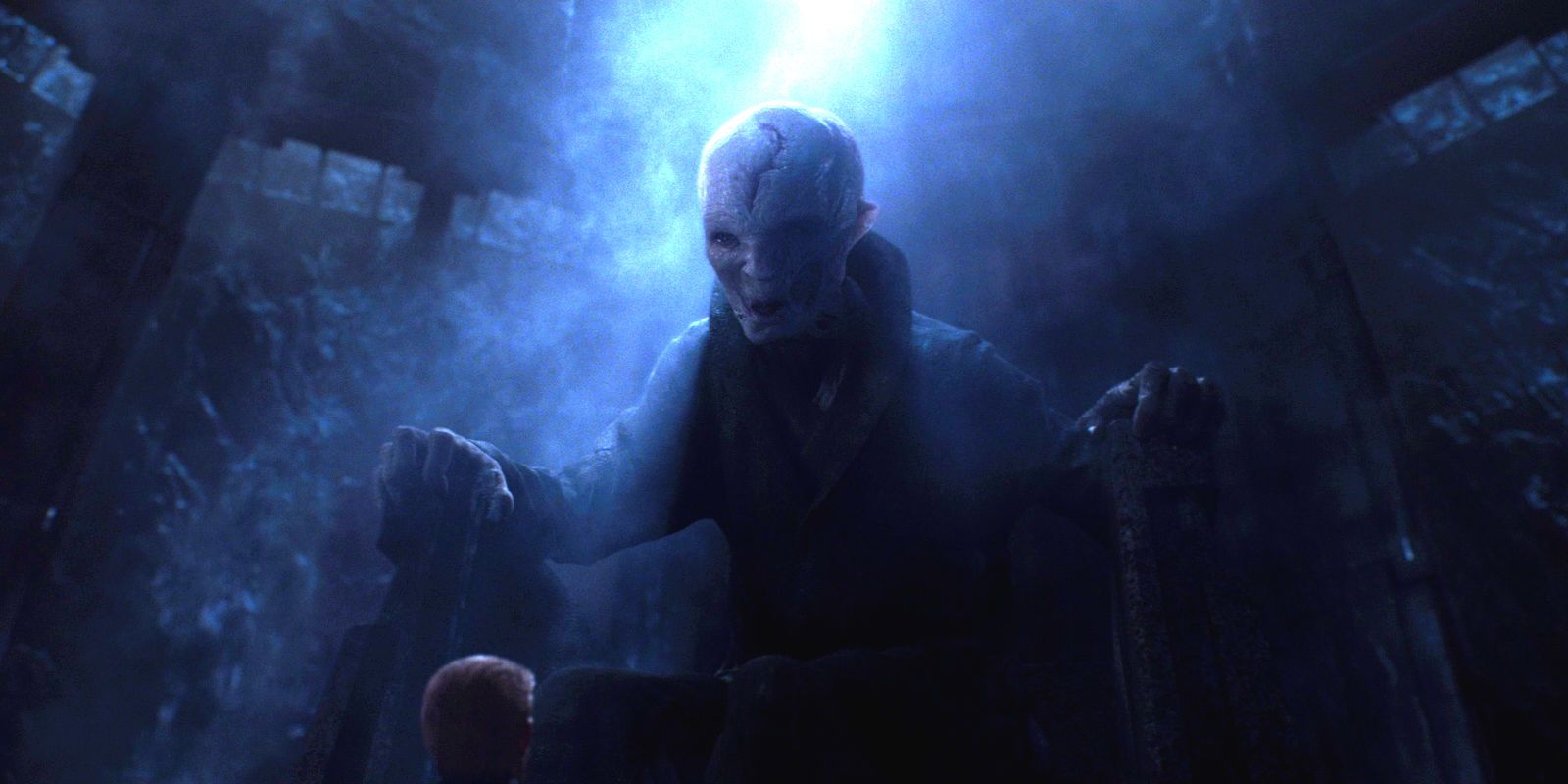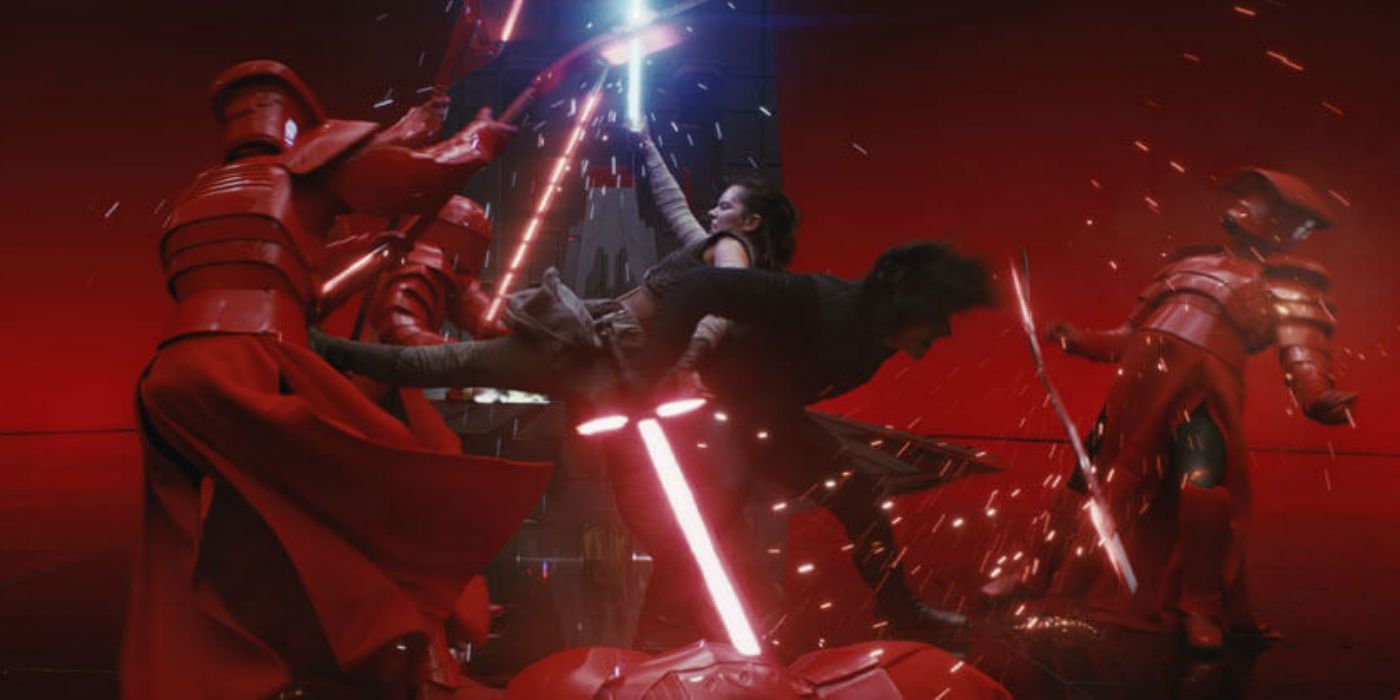[ad_1]
In 2015, Star Wars: The Force Awakens successfully launched the sequel trilogy – but it did so in a way that ultimately harmed the franchise. Disney bought Lucasfilm from George Lucas in October 2012, and the sequel trilogy was intended to be the jewel in Star Wars‘ crown. Lucas had once again begun work on the sequels ahead of the acquisition, apparently hoping the scripts would increase the value of Star Wars, but Disney passed on his ideas and began to work on their own sequels instead. The result was a sequel trilogy that was very different to anything Lucas would have made, and in initial interviews he was a little too candid about his disappointment.
One thing that wasn’t disappointing, though, was the marketing. Disney recognized the importance of engaging with the fanbase, and began promoting the film from the moment its cast assembled for a first read-through of the scripts. The trailer emphasized the sense of nostalgia – “Chewie… we’re home,” Harrison Ford’s Han Solo declared in the first trailer, speaking for viewers. The campaign was a phenomenal success, with Star Wars: The Force Awakens breaking $2 billion in the global box office. Unfortunately, it also set the franchise down a path that would lead to failure.
The Force Awakens’ Marketing Worked Perfectly To Bring Star Wars Back
It’s easy to forget how difficult a challenge Disney faced in trying to bring back Star Wars. The fanbase had been burned by the prequel trilogy, and remained bitterly divided. Disney’s ownership of Star Wars was itself controversial, with many fearful Star Wars would lose its essential character. Former Disney CEO Bob Iger defended Star Wars: The Force Awakens in his autobiography The Ride of a Lifetime; “Looking back with the perspective of several years and a few more Star Wars films,” he noted, “I believe J.J. [Abrams] achieved the near-impossible, creating a perfect bridge between what was and what was to come.“
Marketing for the Star Wars sequel trilogy began with a focus on nostalgia, encouraging viewers to believe that they – like Han Solo – were finally returning to their beloved galaxy far, far away. Everything seemed so familiar; the rolling sands of Jakku in place of Tatooine, the stormtroopers of the First Order standing before a banner reminiscent of the Empire’s, a mysterious masked villain. Lucasfilm deliberately peppered the marketing with secrets, mysteries they believed audiences would be eager to solve. “Who are you,” Maz Kanata’s voice asked over a glimpse of Rey. Kylo Ren’s true identity was the biggest secret of them all, although his very name served as a hint; “Kylo” is derived from the Latin “Caelum” which means “sky,” a major clue he’s part of the Skywalker lineage. So many of J.J. Abrams’ trademark “Mystery Boxes“ were set up.
The Force Awakens’ Marketing Made The Sequels Mystery Box Problems Bigger
Unfortunately, the marketing for Star Wars: The Force Awakens had an unforeseen effect. There were too many Mystery Boxes, too many unanswered questions, and Lucasfilm had no idea which ones would resonate with viewers. Production on Star Wars: The Last Jedi had actually begun before Star Wars: The Force Awakens released, and Rian Johnson’s script was dismissive of so many questions audiences would prove to be deeply invested in. He was uninterested in Supreme Leader Snoke, and so summarily killed him off. His answer to the question of Rey’s identity – that she was a nobody – flew in the face of a thousand fan-theories stirred up by Star Wars: The Force Awakens‘ marketing. A backlash was inevitable.
Disney Re-Using Force Awakens’ Marketing Made Last Jedi’s Backlash Worse
The trailers for Star Wars: The Last Jedi served only to encourage this backlash. These mirrored the approach that had been used for Star Wars: The Force Awakens, attempting to preserve as many mysteries as possible, and they failed to prepare audiences for the pivots that would be coming under Johnson. Worse still, they made the film feel like a threat to Star Wars, rather than a continuation of the story; Kylo Ren’s villainous diatribe that Rey should let the past die was placed alongside Luke Skywalker’s gloomy proposition it was time for the Jedi to end. Even the title became a subject of debate, because it was unclear whether it referred to a singular “Last Jedi” or the actual end of the entire Jedi Order. The same marketing techniques that worked so well for Star Wars: The Force Awakens failed for Star Wars: The Last Jedi.
It doesn’t help that the sequels wasted the chemistry between the characters. Relationships have always been key in Star Wars; marketing for Star Wars: The Force Awakens had emphasized this, with countless shots of Daisy Ridley, John Boyega, and Oscar Isaac together. The script had failed to fulfill this promise, however, and it had ended with Rey traveling alone to the distant world of Ahch-To. Johnson had to pick up his story with Rey separated from her friends, and he made the unwise decision of further dividing the team, with Finn going off on his own mission to Canto Bight. Lucasfilm’s marketing for the entire sequel trilogy increasingly felt like a case of mis-selling.
Disney’s Spoiler-phobic Marketing Hurt The Rise Of Skywalker
The trailers for Star Wars: The Rise of Skywalker followed the same format, even though it was no longer working. These trailers are generally seen as disappointing, again trying to conceal as many spoilers as possible and failing to sell the film as a result. The first trailer revealed Emperor Palpatine had returned, and naturally viewers began to speculate about how he’d come back from the dead. In the end, the film itself doesn’t care at all about that question, dismissing it with a throwaway line that “Somehow, Palpatine returned.” This is the problem with Mystery Box marketing; sometimes people focus on the wrong question, the one the marketers weren’t actually interested in, and as a result they’re deeply disappointed with the finished product.
Star Wars: The Rise of Skywalker‘s trailers attempted to evoke a strong emotional connection with the film, suggesting the main characters were close friends. There was a curious focus on C-3PO’s arc in Star Wars: The Rise of Skywalker, with the droid saying he wanted one last look at his friends – a line that would have been far more powerful had C-3PO ever spent enough time with the other characters to actually feel as though they were his friends in the first place. The marketing department knew certain scenes should carry emotional weight, and they pushed them as much as they could, but the emotions were unearned. Viewers knew this, and failed to respond to them.
The marketing for Star Wars: The Force Awakens was absolutely perfect. This is perfectly demonstrated by the fact the film grossed over $2 billion worldwide. But Lucasfilm made the mistake of repeating the same approach with the next two films, and it backfired. Hopefully Lucasfilm will learn from this mistake, and avoid doing it again.
[ad_2]
Read More: The Force Awakens’ Genius Marketing Hurt The Star Wars Sequel Trilogy
2022-11-16 14:40:00




